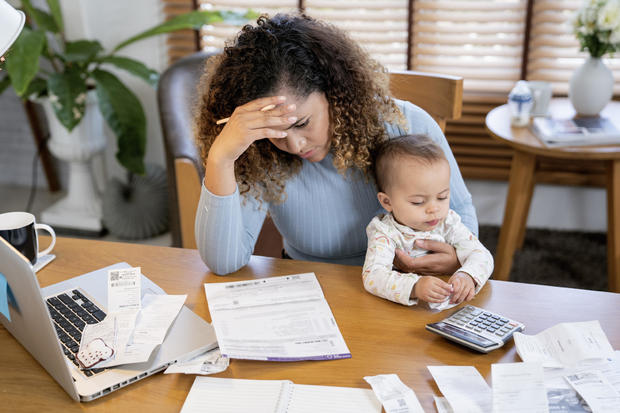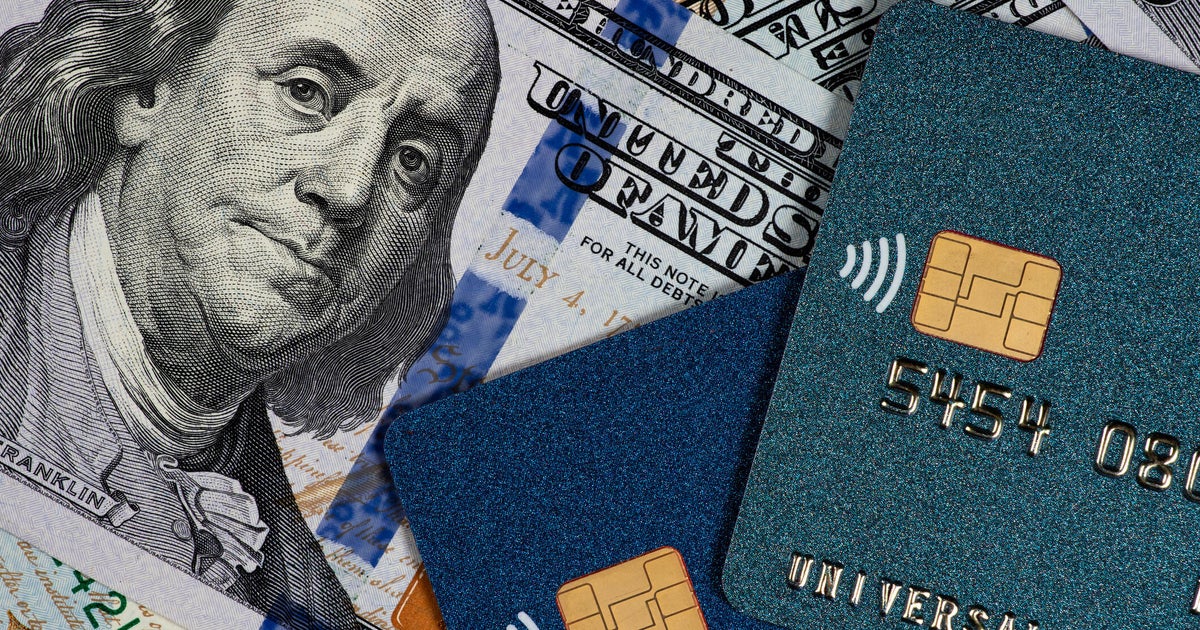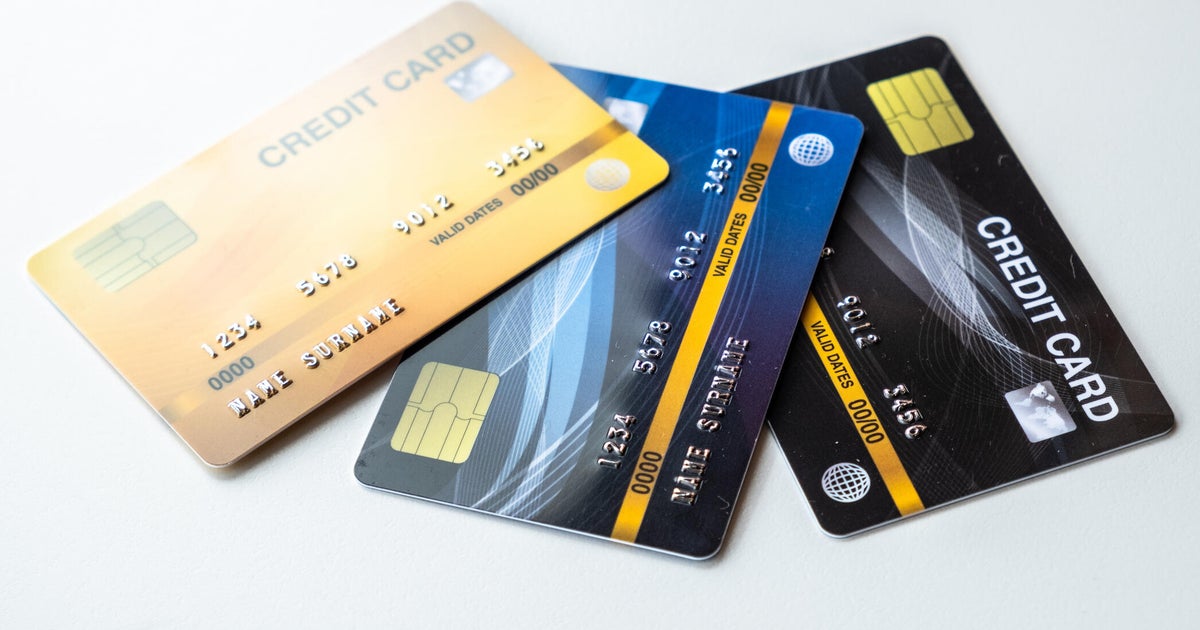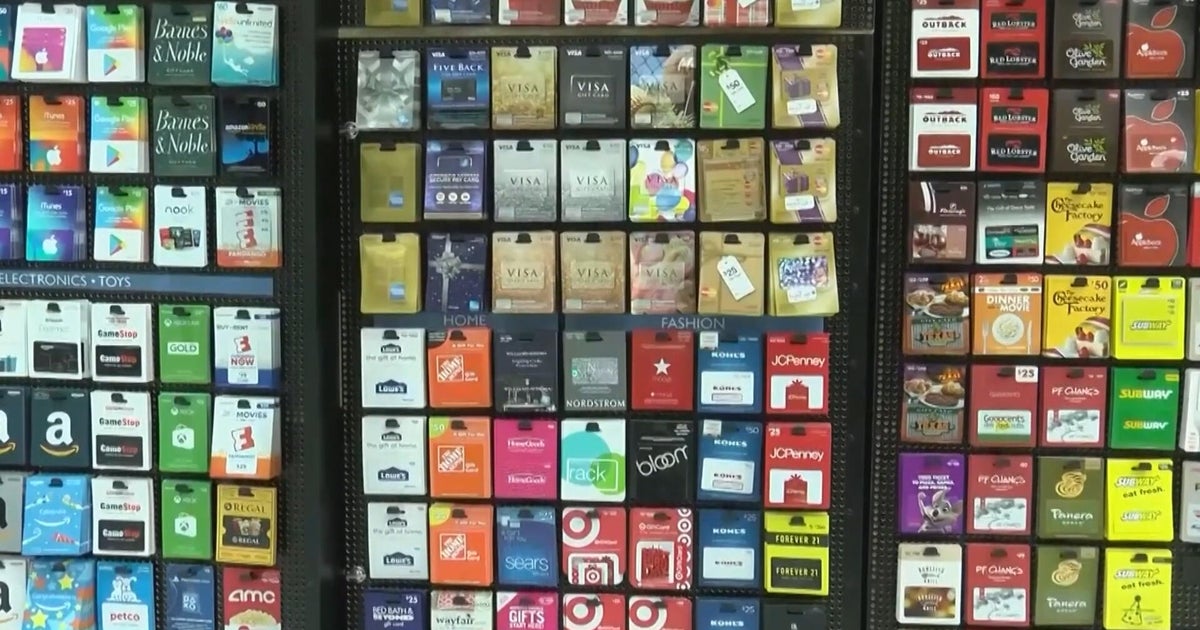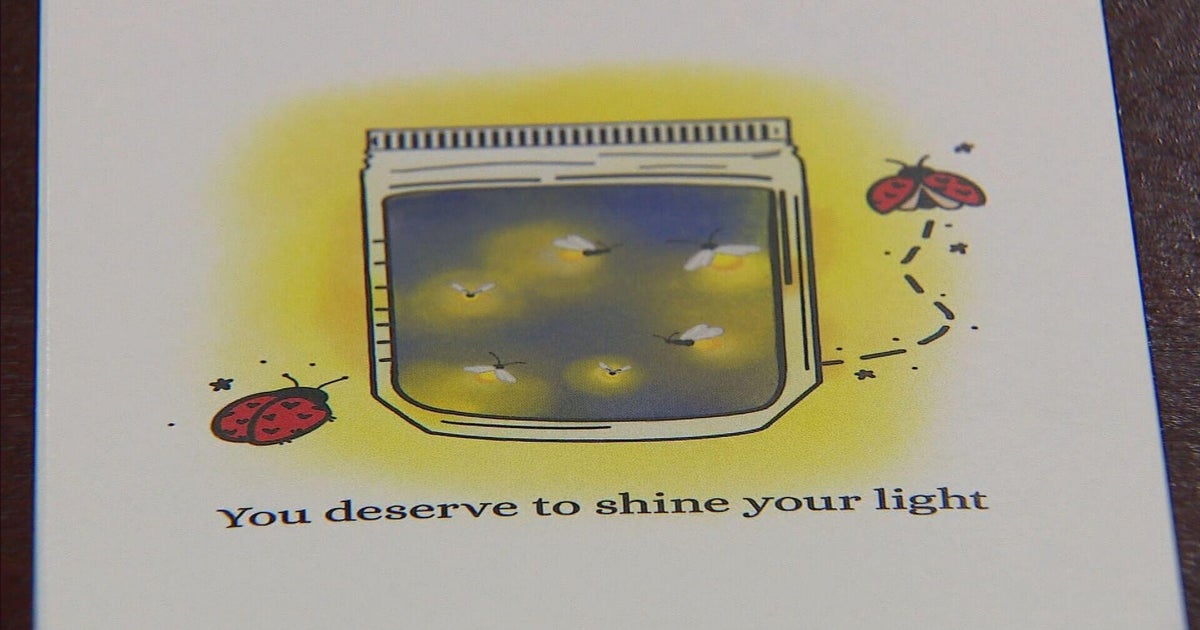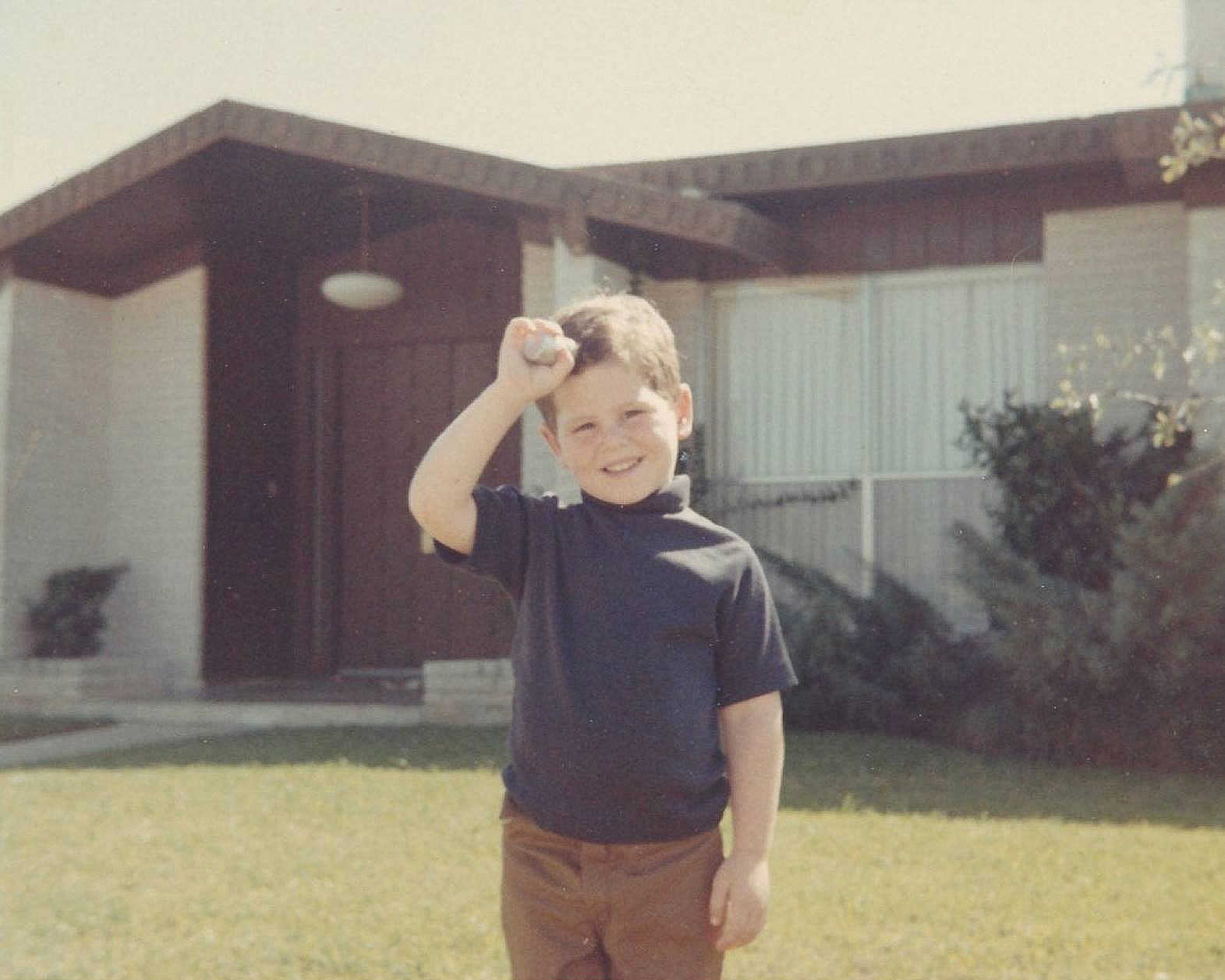How does credit card debt forgiveness work?
If you have credit card debt, you're not alone. About 49% of Americans say they owe balances to credit card companies; of which about 56 million people have been in debt for at least one year. Unfortunately for many, credit card debt can result in financial hardship.
Interest rates have climbed to a 23-year high, leading to growing credit card minimum payments. This, combined with an inflationary economic environment has made it difficult for some consumers to cope with their debts.
The good news is that if you've been struggling with credit card debt, you have options. One such option is known as credit card debt forgiveness, or credit card debt settlement. But how does credit card debt forgiveness work?
Find out how quickly credit card debt forgiveness experts can put you on the path to debt relief.
How does credit card debt forgiveness work?
Debt settlement "is more of a negotiation with the creditors with the intent of having debts eliminated," explains Jim Crider, CFP, CEO of Intentional Living FP. "This is generally initiated through the withholding of debt payments by the borrower." Here's how the typical credit card debt forgiveness program works:
Step #1: Information gathering
The process usually starts with a conversation between you and a debt relief expert. The expert will ask questions about your debts, your income and your other expenses like food, fuel, rent and more. The credit card debt forgiveness company will use this information in three ways:
- To determine if you qualify: You typically need a set amount of debt (around $10,000 or more) and need to be facing a financial hardship to qualify for credit card debt forgiveness.
- To create a payment plan: Credit card debt forgiveness experts work to create an affordable payment plan based on your financial data.
- To settle debts: The credit card debt forgiveness company will need to explain to your lender why you can't pay what you owe in order to get them to accept settlements.
Start the credit card debt forgiveness process today.
Step #2: Payment plan creation
Using the information you provide, the credit card debt forgiveness expert will work with you to create a payment plan that you can afford. The goal of the payment plan is generally to get you out of debt as quickly as possible without creating further financial strain on your household. In most cases, experts try to create a payment plan that results in debt freedom within 24 to 48 months.
Step #3: The payment process
Next, your debt relief expert will usually instruct you to stop making payments to your creditors. Instead, you'll start making payments to your credit card debt forgiveness company. When you make your payments, the company typically stores the money you send in a special purpose savings account.
During this time, the debt forgiveness company will reach out to your lenders and inform them of your financial situation and plans to settle your debts. However, since no payments are being made to your creditors, you'll likely notice a detrimental impact on your credit score.
Step #4: Negotiations
Once you have enough money in your savings account, the debt settlement company starts negotiating with your lenders on your behalf. If all goes well, your lenders will accept a lesser amount of money than you owe - forgiving the remaining balance in the process.
However, it's important to note that there are no laws requiring creditors to accept settlements. If one or more of your creditors rejects your settlement offers, you may still have to pay the full amount of debt owed on those accounts. Moreover, when successful settlements are achieved, you will likely have to pay income taxes on the portion of your debt that has been forgiven.
Step #5: Debt freedom
The final step of a credit card debt forgiveness program is debt freedom. However, this step involves a bit of work as well. Here are some things to keep in mind following a successful credit card debt forgiveness program:
- It's time to rebuild: Although credit card debt settlement can have a negative impact on your credit score, you don't have to deal with bad credit forever. Once you get out of debt, consider taking steps to rebuild your credit worthiness.
- Focus on your spending habits: Think about your spending habits and how they likely played a role in your struggles with credit card debt. It's important to change those habits to make sure you maintain your debt freedom.
- Make credit card debt a last resort: Once you're debt free, it's OK to put a credit card or two in your wallet. However, before you make any purchases you can't afford to pay off immediately, consider all other options. You may be able to lean on friends or family members, get an advance at work, take out a home equity loan or even borrow from your 401(k). Since these options involve taking out new loans from friends, financial institutions or even your retirement plan, chances are that you'll be less likely to tap into them unless you absolutely need to.
The bottom line
If you're having a hard time making your minimum payments every month, credit card debt forgiveness may be the solution you're looking for. Although these programs have their pros and cons, they may be able to help you get out of debt faster and more affordably than you could on your own. Find out how quickly you may be able to get a portion of your debt forgiven today.
